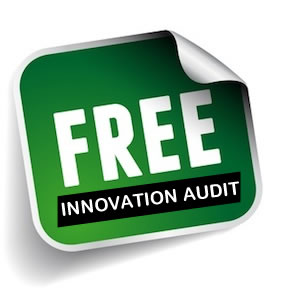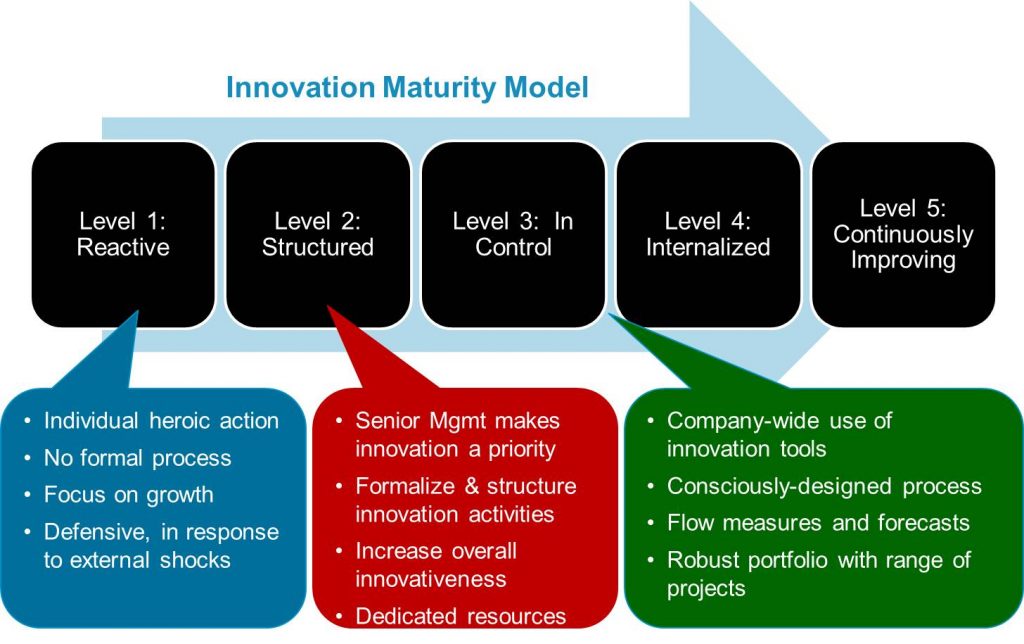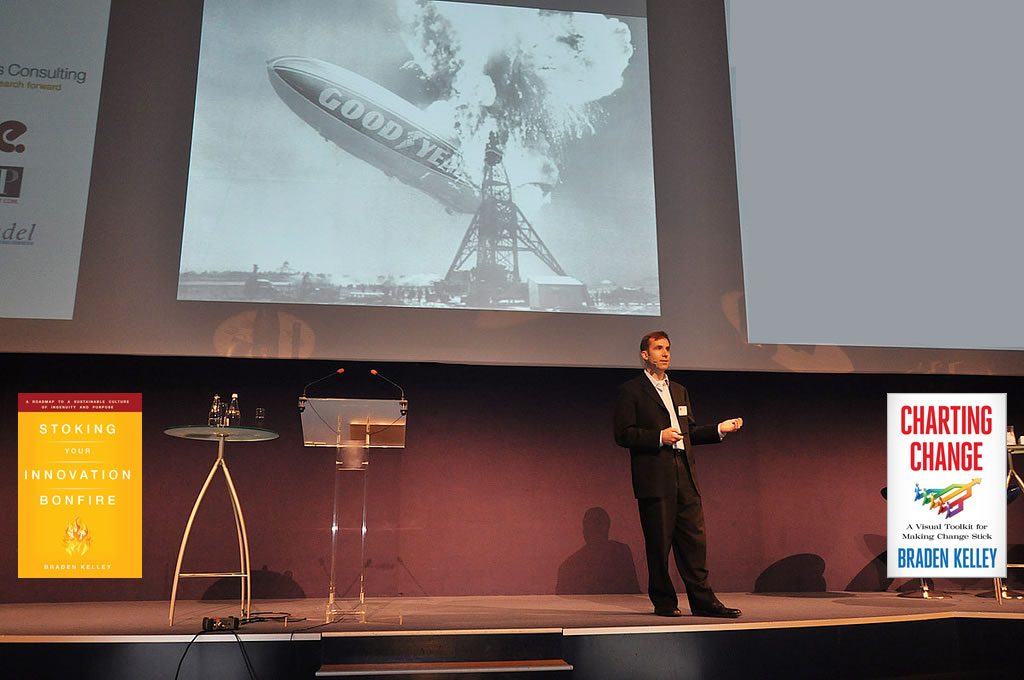Innovation Maturity Introduction
When it comes to innovation, no two companies are likely to be pursuing innovation in the same way, and they are also likely to be at different stages of innovation maturity. Because of this, even if you found out what your competitor’s innovation strategy was, it would be of no use to you. It is necessary for an innovation strategy to be tailored to your organization’s level of innovation maturity, your corporate strategy, and your innovation vision.
 An organization’s innovation maturity level is important because you must first master a certain set of basic innovation capabilities before implementing more advanced innovation approaches into your strategy. For example, an organization just getting started on their innovation journey would be foolish to try and implement open innovation in their organization. Every organization should get their idea generation (including evolution), idea evaluation, and idea commercialization policies and processes working well with their employees first before opening themselves up to the outside world. Your organization’s innovation strategy must be appropriate to your level of innovation maturity for your innovation efforts to be successful.
An organization’s innovation maturity level is important because you must first master a certain set of basic innovation capabilities before implementing more advanced innovation approaches into your strategy. For example, an organization just getting started on their innovation journey would be foolish to try and implement open innovation in their organization. Every organization should get their idea generation (including evolution), idea evaluation, and idea commercialization policies and processes working well with their employees first before opening themselves up to the outside world. Your organization’s innovation strategy must be appropriate to your level of innovation maturity for your innovation efforts to be successful.
I developed the graphic below to explain the different levels of innovation maturity based on some thinking from Wharton professors Christian Terwiesch and Karl T. Ulrich, and I think it allows executives to determine at a glance where their organization is across the spectrum. I hope you find it useful.
Free Innovation Maturity Assessment
 To help people evaluate their level of innovation maturity against the above graphic, I am sharing the 50 question innovation maturity assessment I use with clients. The assessment is most powerful when answers are gathered at multiple levels of the organization across several groups and several sites, but you can also fill it out yourself and get instant feedback – for FREE.
To help people evaluate their level of innovation maturity against the above graphic, I am sharing the 50 question innovation maturity assessment I use with clients. The assessment is most powerful when answers are gathered at multiple levels of the organization across several groups and several sites, but you can also fill it out yourself and get instant feedback – for FREE.
To get even more out of the innovation maturity assessment, for a nominal fee, I can help you organize a multiple group and/or multiple physical location survey of people in the organization to capture not just your level of innovation maturity, but also to provide preliminary innovation diagnostics on the areas of innovation challenge and opportunity in your organization.
I can set up a research study to capture a baseline innovation maturity level and analyze the data to unlock insights about the relative health of your innovation efforts. For a limited time, I will provide this service for the special introductory price of $499.99.
Click here to purchase the innovation diagnostic service
(Get help using the innovation maturity assessment across multiple sites and job functions and analyzing the results)

Innovation Maturity Assessment Scoring Key (showing level of maturity)
Point totals are translated to the innovation maturity model as follows:
- 000-100 = Level 1 – Reactive
- 101-130 = Level 2 – Structured
- 131-150 = Level 3 – In Control
- 151-180 = Level 4 – Internalized
- 181-200 = Level 5 – Continuously Improving
Click here to access the Innovation Maturity Assessment
Innovation Maturity Assessment Instructions
1. Read each statement and determine how much you agree with each one, using this scale:
- 0 – None
- 1 – A Little
- 2 – Partially
- 3 – Often
- 4 – Fully
2. Select the answer for each question that is most appropriate.
The form will score the innovation maturity assessment and return a result to you via email along with the SCORING KEY and the Innovation Maturity Model graphic. Store the result as a baseline and come back annually and re-take the assessment to measure your progress!
Click here to access the Innovation Maturity Assessment
Click here to purchase the innovation diagnostic service
(Get help using the innovation maturity assessment across multiple sites and job functions and analyzing the results)
* Graphic adapted from the book Innovation Tournaments by Christian Terwiesch and Karl Ulrich
![]() Sign up here to get Human-Centered Change & Innovation Weekly delivered to your inbox every week.
Sign up here to get Human-Centered Change & Innovation Weekly delivered to your inbox every week.



